In the recent frenzy of stocking up with provisions as the populace prepare for their COVID-19 lockdown, there have been some widely-publicised examples of products that have become scarce commodities. Toilet paper, pasta, rice, tinned vegetables, and long-life milk are the ones that come to mind, but there’s another one that’s a little unexpected.
As everyone dusts off the breadmaker that’s lain unused for years since that time a loaf came out like a housebrick, or contemplates three months without beer and rediscovers their inner home brewer, it seems yeast can’t be had for love nor money. No matter, because the world is full of yeasts and thus social media is full of guides for capturing your own from dried fruit, or from the natural environment. A few days tending a pot of flour and water, taking away bacterial cultures and nurturing the one you want, and you can defy the shortage and have as much yeast as you need.
Continue reading “Yeast Is A Hot Commodity; Brewing And Breadmaking During Lockdown”

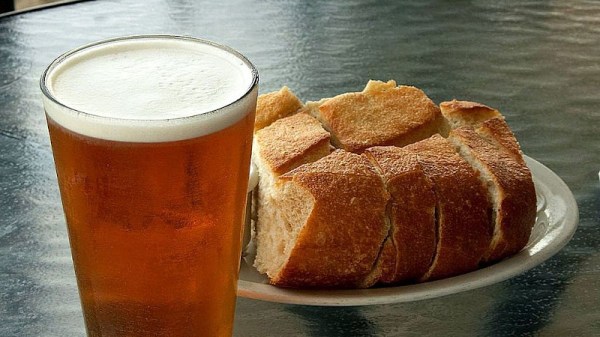
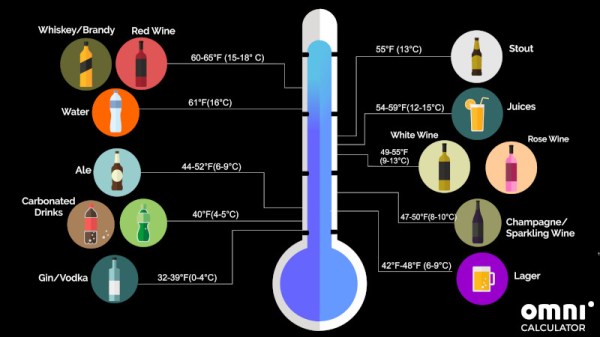

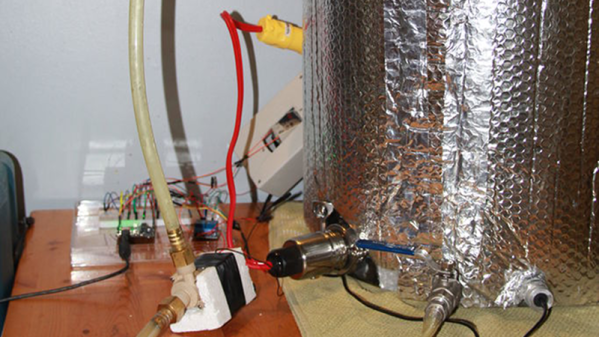
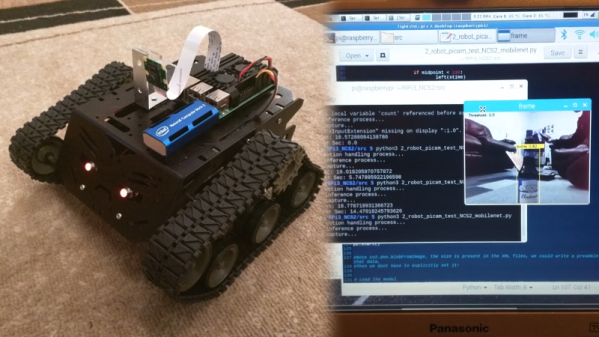
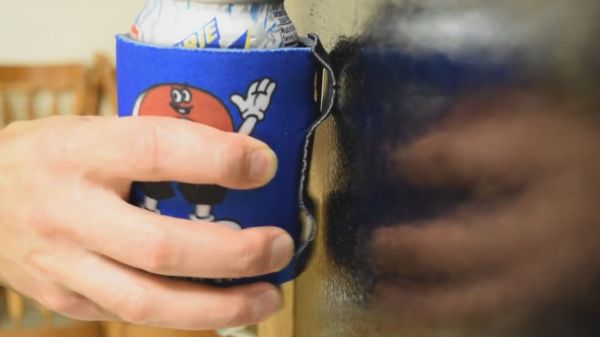
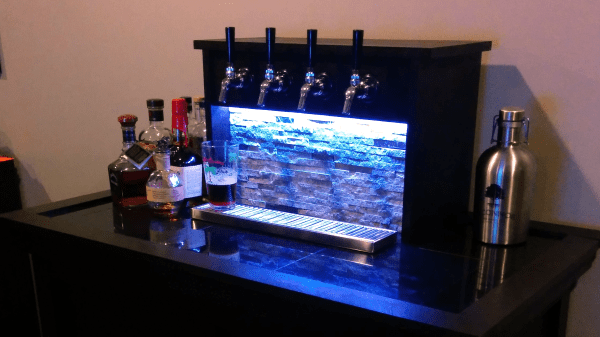
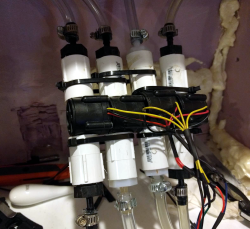 spberry Pi and four flow sensors, each one connected to a GPIO port on the Pi. After some calibration, the Python code running on the Pi can calculate a pretty close estimate of the amount of liquid poured. There’s also a temperature sensor in the freezer, so that you can tell how cool your beer is.
spberry Pi and four flow sensors, each one connected to a GPIO port on the Pi. After some calibration, the Python code running on the Pi can calculate a pretty close estimate of the amount of liquid poured. There’s also a temperature sensor in the freezer, so that you can tell how cool your beer is.









